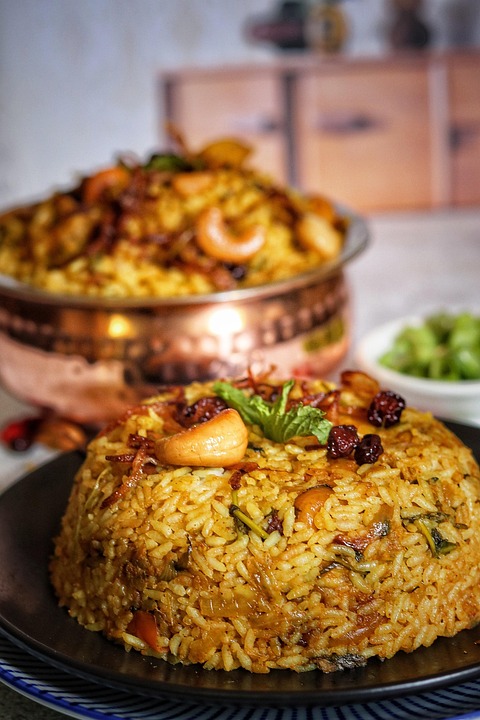The Rise of Modern Indian Cuisine: Benefits and Challenges for Restaurateurs
The culinary landscape in India has undergone a significant transformation in recent years, with a surge in popularity of modern Indian cuisine. This trend has been fueled by a growing global interest in Indian flavors and ingredients, as well as a renewed focus on authenticity and innovation within the Indian food industry. In this report, we will explore the benefits and challenges that restaurateurs face in capitalizing on the rise of modern Indian cuisine.
Benefits of Embracing Modern Indian Cuisine
One of the key benefits of embracing modern Indian cuisine is the opportunity to appeal to a wider audience. By incorporating contemporary cooking techniques and presentation styles, restaurateurs can attract customers who may not have previously been interested in traditional Indian fare. This can help drive foot traffic and increase revenue for restaurants.
Additionally, modern Indian cuisine allows for greater creativity and experimentation in the kitchen. Chefs have the freedom to blend traditional Indian flavors with global influences, creating unique and innovative dishes that set their restaurants apart from the competition. This creativity can help generate buzz and attract food enthusiasts looking for new and exciting culinary experiences.
Another benefit of modern Indian cuisine is its potential for scalability. As Indian flavors become more mainstream, there is a growing demand for Indian-inspired products and dishes in supermarkets, food trucks, and catering services. Restaurateurs who successfully tap into this trend can expand their reach and diversify their revenue streams.
Challenges Faced by Restaurateurs
Despite the many benefits of embracing modern Indian cuisine, restaurateurs also face several challenges in this competitive industry. One of the main challenges is sourcing high-quality ingredients. Traditional Indian spices and produce can be difficult to find outside of India, making it challenging for chefs to maintain authenticity in their dishes. Restaurateurs must work closely with suppliers to ensure they have access to the freshest and most authentic ingredients available.
Another challenge is the need for skilled kitchen staff. Modern Indian cuisine often requires complex cooking techniques and a deep understanding of flavor profiles. Restaurateurs must invest in training and development programs to ensure their kitchen staff are equipped to deliver high-quality dishes consistently.
Additionally, marketing modern Indian cuisine can be a challenge, as many consumers still associate Indian food with heavy, greasy dishes. Restaurateurs must educate their customers about the diversity and sophistication of modern Indian cuisine, highlighting the fresh ingredients, bold flavors, and innovative presentations that set their restaurants apart.
Industry Insights and Financial Data
The rise of modern Indian cuisine has been reflected in the financial performance of Indian restaurants worldwide. According to a report by Market Research Future, the global Indian restaurant market is projected to grow at a CAGR of 8.4% from 2021 to 2026, reaching a value of $13.8 billion by the end of the forecast period.
In the United States, Indian restaurants have experienced steady growth in recent years, with revenue reaching $1.4 billion in 2020. This growth can be attributed to the increasing popularity of Indian flavors and the rise of modern Indian cuisine concepts that cater to a diverse range of tastes and preferences.
Overall, the benefits of embracing modern Indian cuisine far outweigh the challenges for restaurateurs willing to invest in innovation, authenticity, and creativity. By tapping into the global interest in Indian flavors and ingredients, restaurateurs can attract new customers, drive revenue growth, and position themselves at the forefront of the culinary industry.




